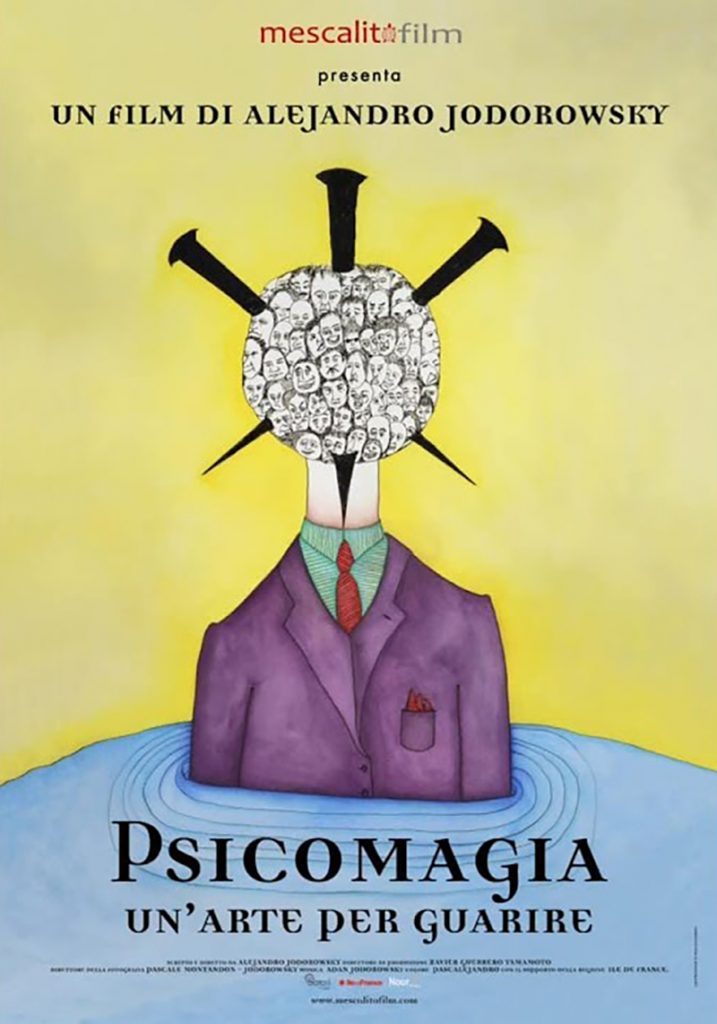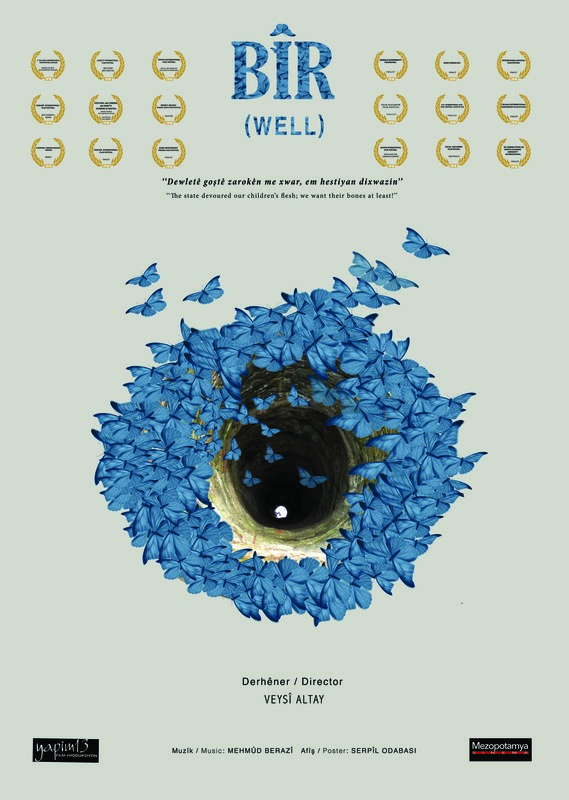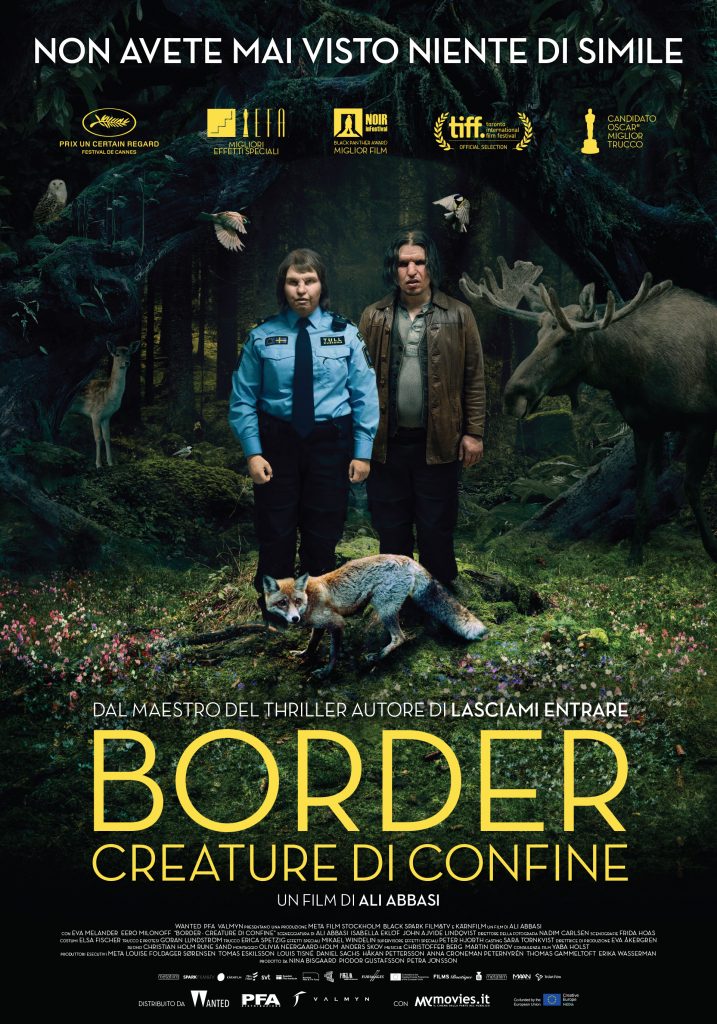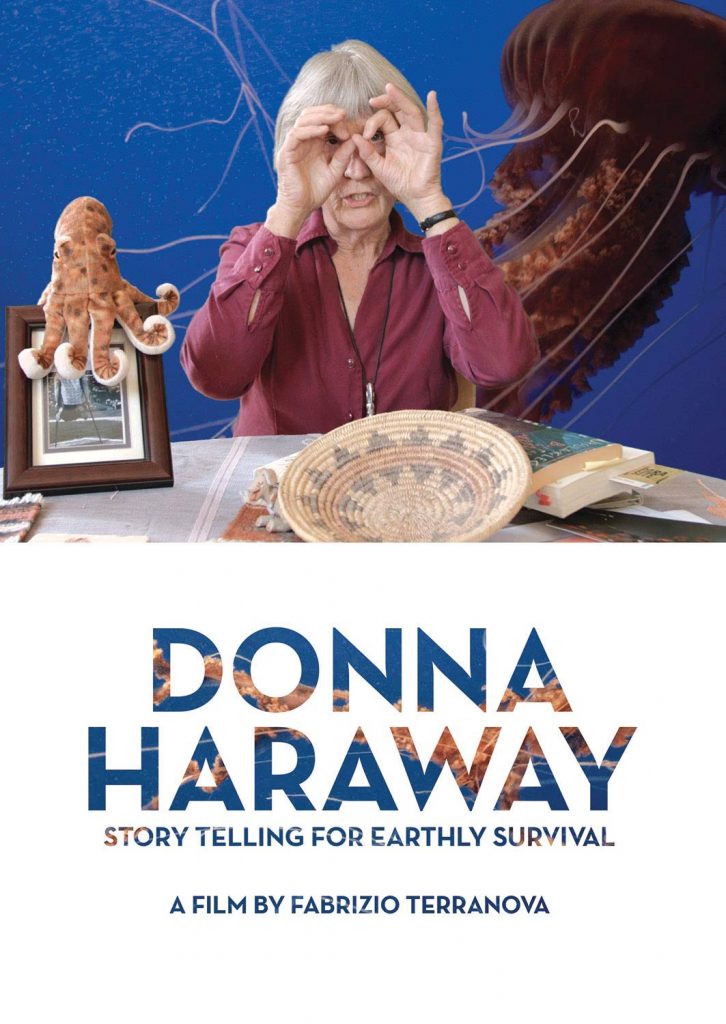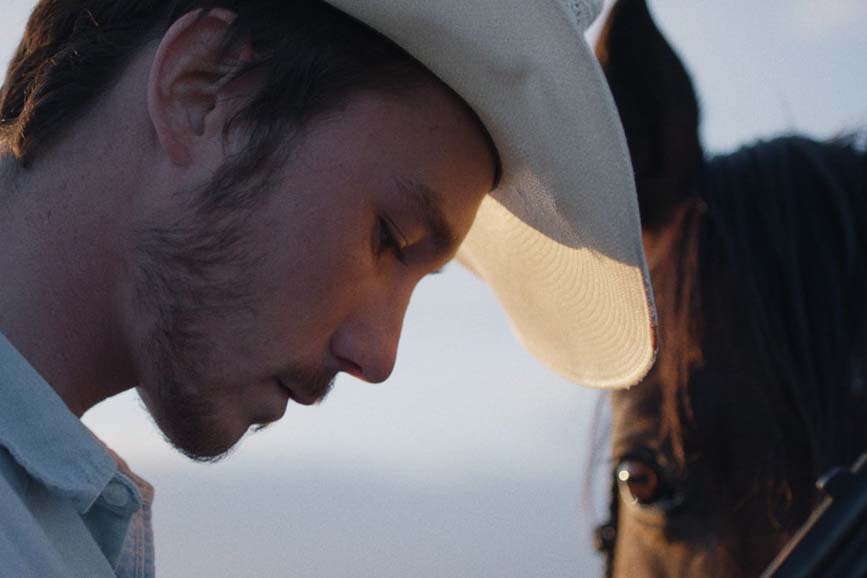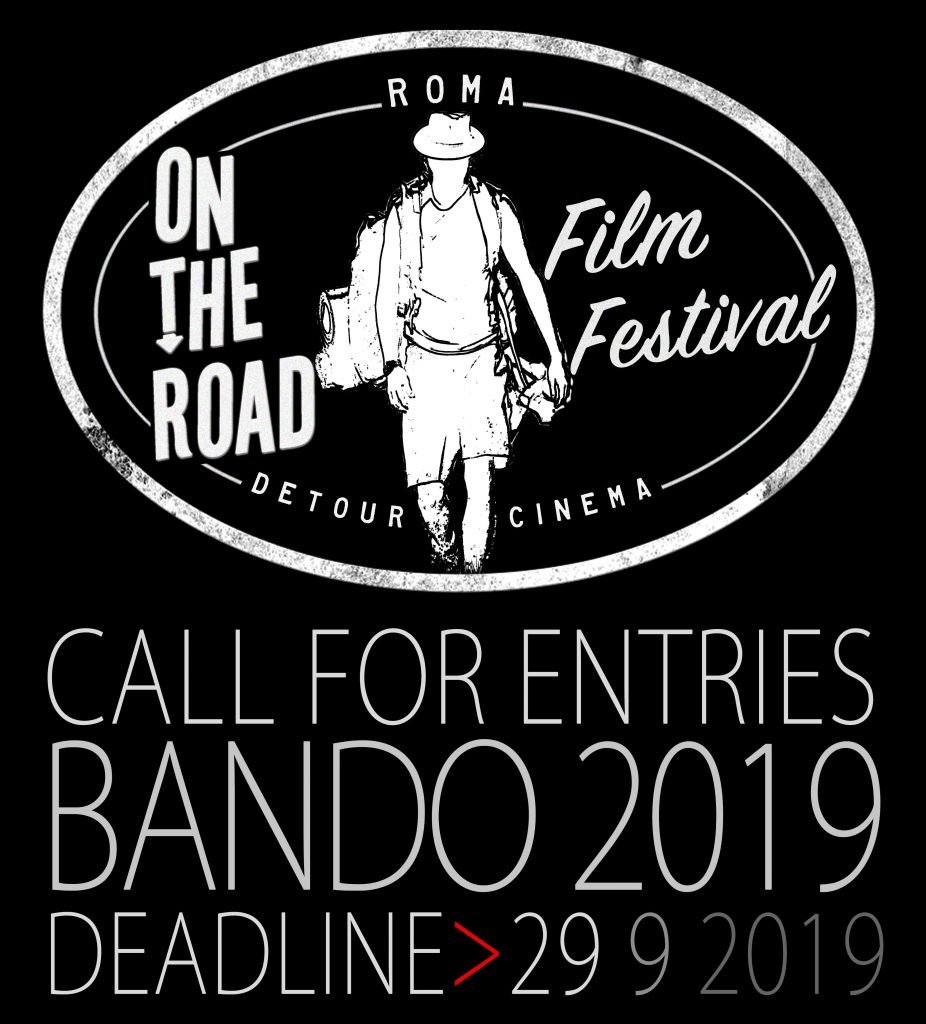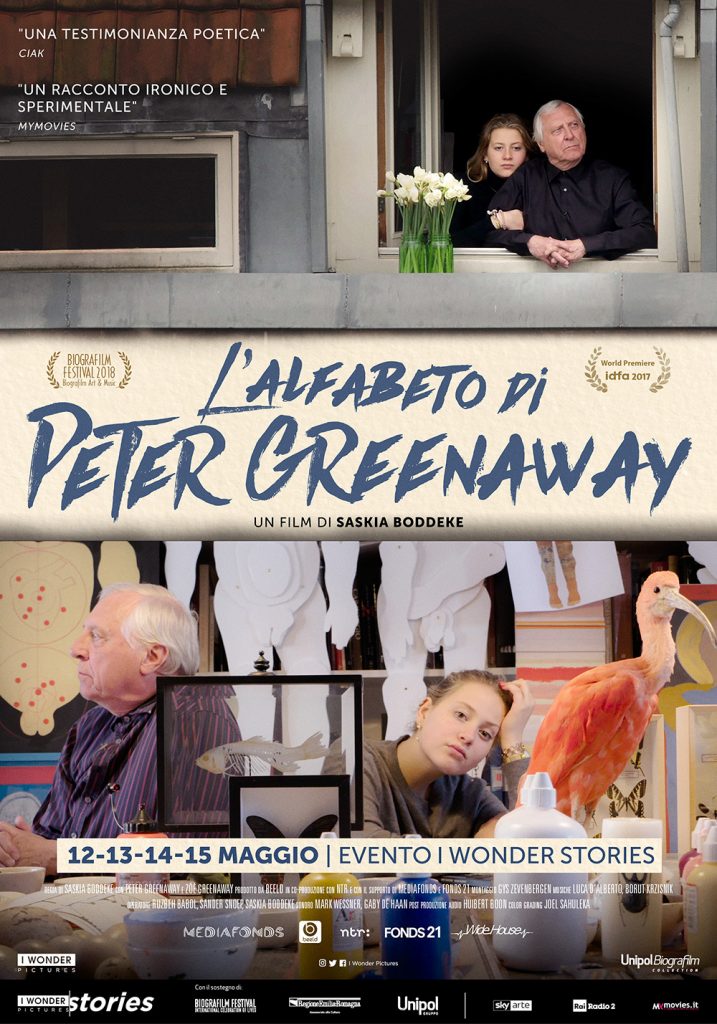A healing path using the power of dreams, theatre, poetry, and shamanism. Psicomagia – An Art to Heal, Shows how psychological realisations can cause true transformation when manifested by concrete poetic acts. The film Includes many examples of the surreal but successful actions Jodorowsky has prescribed to those seeking his help.
While living in Mexico, Alejandro Jodorowsky became familiar with the colourful and effective cures provided by folk healers. He realised that it is easier for the unconscious to understand the language of dreams than that of rationality. Illness can even be seen as a physical dream that reveals unresolved emotional and psychological problems.
Psychomagic presents the shamanic and genealogical principles Jodorowsky discovered to create a healing therapy that could use the powers of dreams, art, and theatre to empower individuals to heal wounds that in some cases had traveled through generations. The concrete and often surreal poetic actions Jodorowsky employs are part of an elaborate strategy intended to break apart the dysfunctional persona with whom the patient identifies in order to connect with a deeper self. That is when true transformation can manifest.
